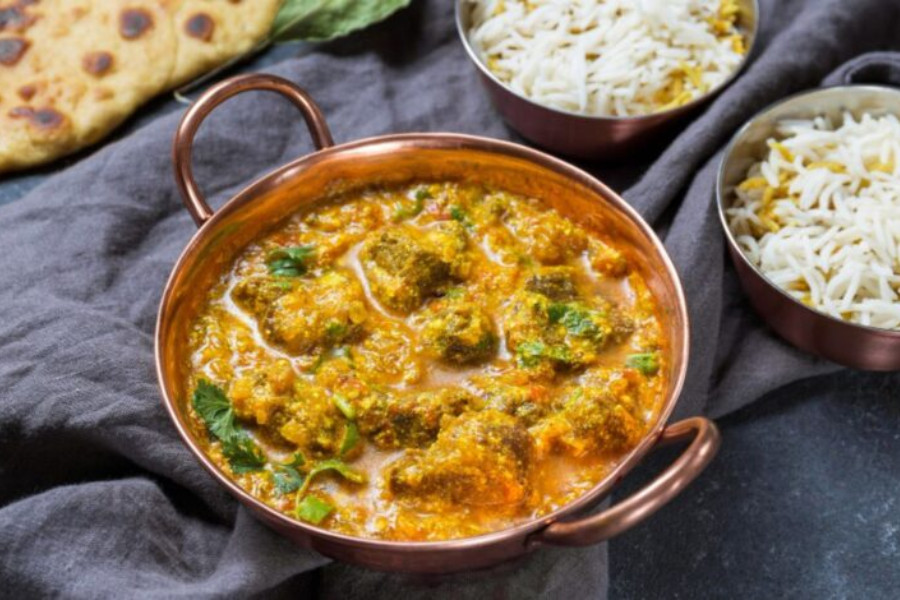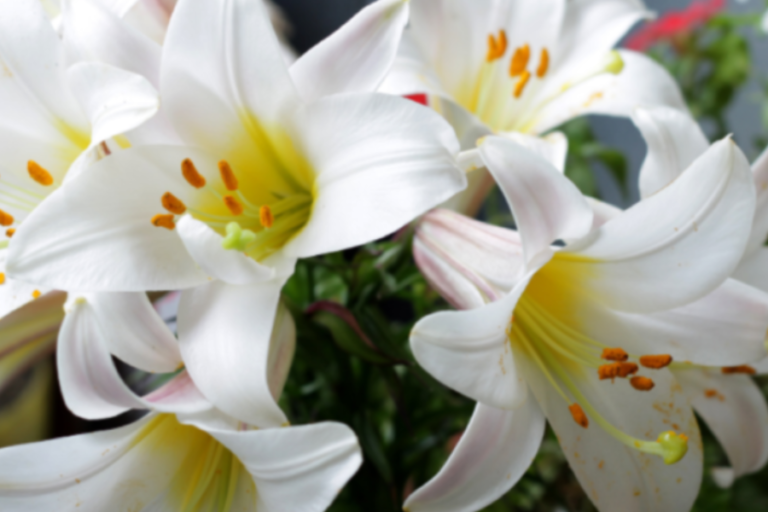Kari Kinnaslapi: Weaving Tradition into Timeless Art
Introduction
Every culture tells its stories not only through words but through traditions, objects, and rituals that reflect its essence. In a world dominated by fast fashion, many of these traditions risk being forgotten. Yet, some crafts—like kari kinnaslapi—remain deeply significant. Though not widely known, kari kinnaslapi is more than just a craft; it’s a powerful expression of identity, resilience, and artistry. Once you dive into its history, techniques, and cultural significance, you’ll discover that this ancient practice is much more than thread and needle.
What is Kari Kinnaslapi?
If you’re unfamiliar with the term “kari kinnaslapi,” you’re not alone! Even among textile enthusiasts, it’s a lesser-known art form. Kari kinnaslapi is an ancient hand-stitching technique, closely associated with the cold regions of Scandinavia and the Baltic Sea area. Traditionally, it was used to craft warm mittens or gloves, but the real beauty lies in the intricate designs. These patterns often serve a deeper purpose, telling stories or representing family history. Far from being merely functional, kari kinnaslapi creations are both practical and symbolic.
The Origins of Kari Kinnaslapi A Tradition Through Time
The origins of kari kinnaslapi date back to centuries-old practices in northern Europe. In these frigid regions, warm clothing was essential for survival, and mittens, often knit from wool, provided the necessary warmth. However, practicality wasn’t enough for the women who made them—they infused their work with creativity and cultural meaning.
The word “kari” is linked to “karjas,” meaning shepherd or guardian, while “kinnaslapi” translates to “glove patch” or “mitten flap.” Together, the term reflects both the protective and artistic nature of these items. It’s believed that the gloves served as talismans, safeguarding the wearer from both physical cold and spiritual threats.
More Than Just Function
Kari kinnaslapi wasn’t just about keeping warm. The stitches, patterns, and colors used in these pieces varied by region and often reflected family or local traditions. Mittens weren’t just accessories; they told stories, marked heritage, and conveyed values.
In some traditions, particularly wedding customs, a young woman would spend months or even years crafting mittens for her future husband. These gloves were symbols of love, care, and commitment, showcasing both skill and affection.
The Art of Kari Kinnaslapi Detailed Designs
What makes kari kinnaslapi truly stand out is the intricacy of its designs. The process begins with selecting wool, often dyed in rich, natural colors like deep reds, browns, or blues. The patterns are geometric, with shapes like diamonds, triangles, and zigzags repeating throughout the design. While these patterns may seem simple at first glance, their precision and meaning become evident up close.
Each motif carries symbolic meaning. Triangles often symbolize the elements (earth, water, fire), while zigzag lines can represent protection or the flow of rivers. Tiny crosses, frequently found in these designs, were thought to ward off evil spirits.
Common Kari Kinnaslapi Patterns:
- Diamonds: Representing life’s cyclical nature and rebirth.
- Zigzags: Signifying natural forces or protection.
- Crosses: Symbols of protection from evil or harm.
- Curved lines: Often linked to rivers or natural landscapes.
Techniques: A Labor of Love
Creating a pair of kari kinnaslapi mittens is no small task. Every stitch is done by hand, with artisans carefully embroidering wool to create the intricate designs. Although modern machines can replicate these patterns, the charm and authenticity lie in the subtle imperfections that come from handcrafting.
Typically, the process begins with knitting a base layer of wool. Then, contrasting colors are embroidered over the surface to create the patterns. Depending on the complexity, a single pair of mittens can take days or even weeks to complete. For the maker, it’s not just about the finished product; the crafting itself is a meditative and meaningful process.
Kari Kinnaslapi in Modern Times The Craft Revived
Though kari kinnaslapi was once at risk of fading away, it’s experiencing a revival today, particularly among younger generations. Many are rediscovering the joy of slow, purposeful craftsmanship, and the artistry of these traditional mittens is once again being celebrated.
Some artisans are modernizing the designs, bringing a contemporary twist to the tradition while still respecting its roots. Kari kinnaslapi mittens now appear in everything from winter fashion collections to DIY crafting kits. They can often be found at Christmas markets or featured in artisanal fashion blogs.
Why the Comeback?
In a world of fast fashion and mass production, many people are craving craftsmanship, quality, and meaning in the items they purchase. Kari kinnaslapi fits perfectly into this desire for more mindful consumption. It also aligns with the growing slow fashion movement, where sustainable and eco-conscious choices are highly valued. These mittens, made from natural, durable materials, are the antithesis of disposable fashion.
FAQ
- What does “kari kinnaslapi” mean? “Kari” relates to protection or guardianship, while “kinnaslapi” refers to a glove patch. Together, the term denotes protective, hand-stitched mittens with deep cultural and artistic significance.
- Is kari kinnaslapi hard to learn? The basics of embroidery are fairly easy to grasp, but kari kinnaslapi patterns can be intricate. With patience and practice, anyone can attempt it.
- Where can I buy authentic kari kinnaslapi? Authentic kari kinnaslapi mittens can be found through specialized artisans or online marketplaces that focus on handmade items. They’re also often sold at Scandinavian markets during the holiday season.
- Can I make my own kari kinnaslapi? Yes! Many tutorials and DIY kits are available, allowing you to try your hand at making your own pair of mittens. It takes practice but can be very rewarding.
- What do the designs in kari kinnaslapi mean? The designs often carry symbolic meanings, representing everything from protection and heritage to natural elements and personal values.
Conclusion
Kari kinnaslapi is not just a form of textile art—it’s a vibrant part of cultural history, offering insights into tradition, identity, and the importance of handcrafting. Whether you’re a seasoned craftsperson or a beginner looking to connect with something meaningful, kari kinnaslapi offers endless inspiration. Its resurgence today shows that even in a fast-paced world, there’s always space for age-old wisdom and stories woven into every stitch. So, next time you wear a pair of gloves, think of the tales they might hold, just like the timeless mittens of kari kinnaslapi.
Stay in the know with the latest news and updates on easytrendz!






